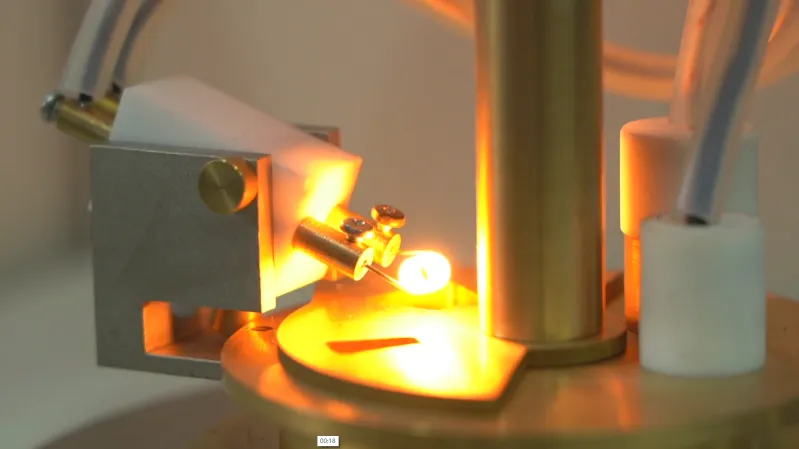 English
English


Determination of Oil and Grease in Water by Gravimetric Method
Determination of Oil and Grease in Water by Gravimetric Method
Water pollution due to oil and grease has become a significant environmental concern, particularly in industrialized regions. The presence of these substances in water bodies can lead to detrimental ecological effects, impacting aquatic life and overall water quality. Therefore, it is essential to monitor and quantify oil and grease concentrations in water samples. The gravimetric method is a well-established technique for this purpose, offering a reliable means of measuring these pollutants.
The gravimetric method involves the separation of oil and grease from a water sample followed by the quantification of the extracted substances based on weight. This procedure begins with collecting a representative water sample, which is then subjected to a series of preparatory steps to isolate the oil and grease components. Typically, the sample volume is standardized, often ranging from 1 to 2 liters, to ensure consistency and accuracy in results.
The initial step in the gravimetric analysis involves filtering the water sample through a glass fiber filter or a similar medium to remove particulate matter. This step helps in obtaining a clear liquid that can be processed further. Once filtered, the sample is then subjected to extraction using an organic solvent, such as hexane or dichloromethane. This solvent should have a high affinity for oil and grease, efficiently dissolving these hydrophobic substances while leaving the majority of the water components behind.
determination of oil and grease in water by gravimetric method

The extraction process commonly employs techniques like liquid-liquid extraction or solid-phase extraction to enhance the recovery of oil and grease. After the extraction, the organic layer containing the oil and grease is separated and then evaporated to remove the solvent. This leaves behind a residue that consists solely of the oil and grease present in the original water sample.
The crucial step in the gravimetric method is the determination of the mass of the residue. The extraction flask containing the residue is weighed, and the weight is recorded. By subtracting the weight of the empty flask from the weight of the flask containing the residue, the mass of oil and grease can be calculated. This mass can then be converted to concentration (usually expressed in mg/L) based on the volume of the original water sample.
The gravimetric method is favored for its precision and simplicity. It allows for the direct measurement of oil and grease without the need for complex instrumentation, making it accessible for various laboratories. However, it is important to note that the method may not differentiate between different types of oils and grease, which can be a limitation in certain analytical contexts.
In conclusion, the gravimetric method for the determination of oil and grease in water is an effective and straightforward technique. By providing a quantitative measure of contaminants, it plays a crucial role in environmental monitoring and regulatory compliance. As water quality continues to be a global concern, methods like these will be essential in safeguarding ecosystems and public health.
-
Differences between open cup flash point tester and closed cup flash point testerNewsOct.31,2024
-
The Reliable Load Tap ChangerNewsOct.23,2024
-
The Essential Guide to Hipot TestersNewsOct.23,2024
-
The Digital Insulation TesterNewsOct.23,2024
-
The Best Earth Loop Impedance Tester for SaleNewsOct.23,2024
-
Tan Delta Tester--The Essential Tool for Electrical Insulation TestingNewsOct.23,2024





